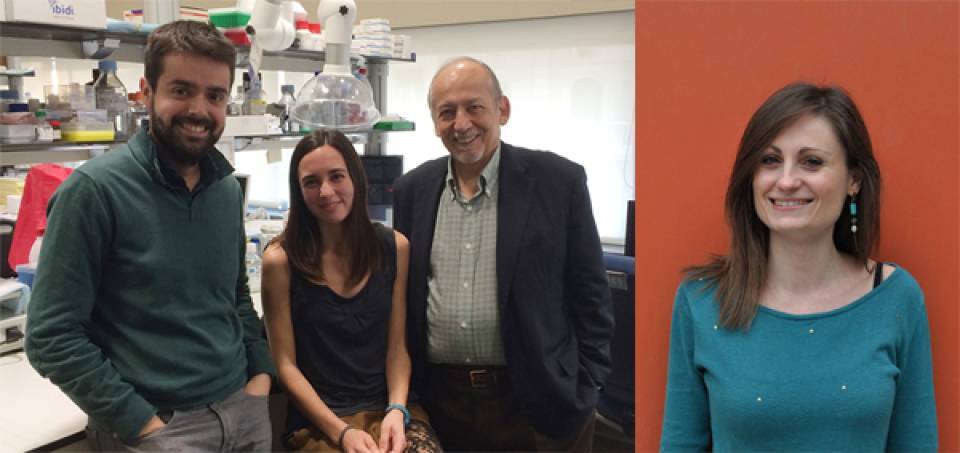Liver cirrhosis is one of the major health problems worldwide because of its high morbidity and mortality, and is estimated to cause more than 170,000 deaths annually in Europe. This disease is characterized by the production of an excess of fiber in the liver and by an increased vascular resistance which raises the pressure of the portal system. A study led in 2011 by the same group of IDIBAPS found that the transcription factor KFL2 was overexpressed during the progression of cirrhosis and could act as a defense mechanism in response to the damage caused by this disease in the liver. Still, the protective effect was not enough to stop the vascular dysfunction that characterizes the pathology.
For this new study published in Gut, to which the magazine will dedicate an editorial, researchers have studied the effects and molecular mechanisms that result from the induction of the hepatic KLF2 using drugs - statins- or adenoviruses –genetic vectors containing the gene of interest to induce specifically its expression in the cell-. The analysis was carried out both in in vivo models of cirrhosis, and in several in vitro models. Among these in vitro models, it should be pointed out a new system developed by the same team in collaboration with other researchers from the IDIBAPS and the IMB-CSIC: a bioreactor simulating the hepatic sinusoid (the blood vessels of the liver) that allows the study of all the cell types that conform it in a closer way to that of the hepatic microcirculation.
The results demonstrate that the overexpression of the KFL2 transcription factor using drugs or adenoviruses induces a profound improvement in portal hypertension and cirrhosis, achieving a reduction of the liver fiber of 41%. This is mainly due to the improvement in the phenotype of hepatic stellate cells, one of the cell types that make up the liver and sinusoidal responsible for fiber production and increased intrahepatic vascular resistance, getting back to their normal or quiescent state. Moreover, it also improves the phenotype KLF2 sinusoidal endothelial cells of liver.
The specific induction of KLF2 may represent an easy and effective way to promote regression of liver cirrhosis, improving portal hypertension and the clinical complications associated to it. These findings are so relevant that the group, together with the team of the Harvard University, are investigating which other substances besides statins may have the same effect, or even higher, in terms of specificity and intensity.
Article reference:
Marrone G, Maeso-Díaz R, García-Cardena G, Abraldes JG, García-Pagán JC, Bosch J, Gracia-Sancho J.
Gut. 2014 Dec 10. pii: gutjnl-2014-308338. doi: 10.1136/gutjnl-2014-308338. [Epub ahead of print] PMID: 25500203 [PubMed - as supplied by publisher]

